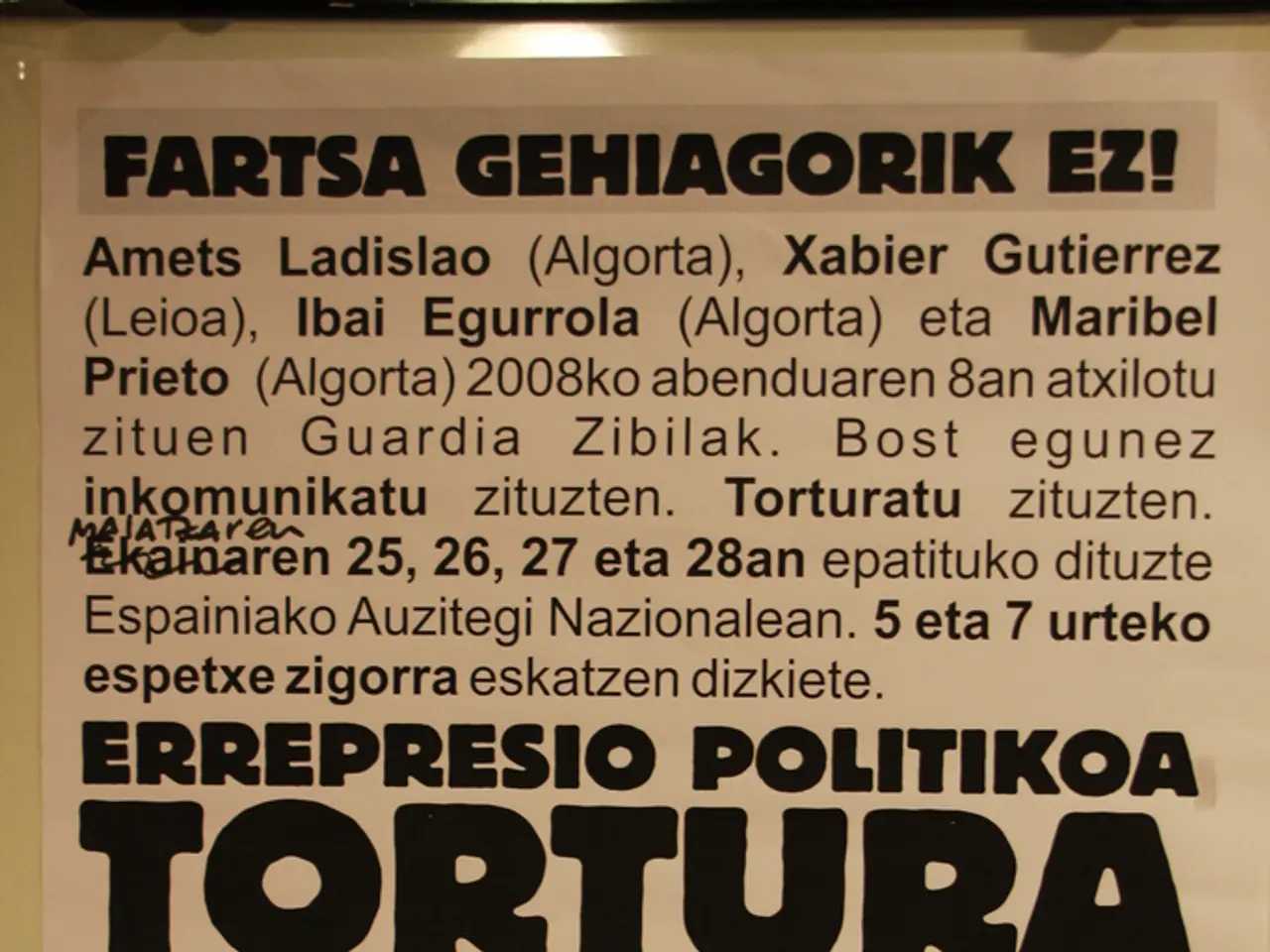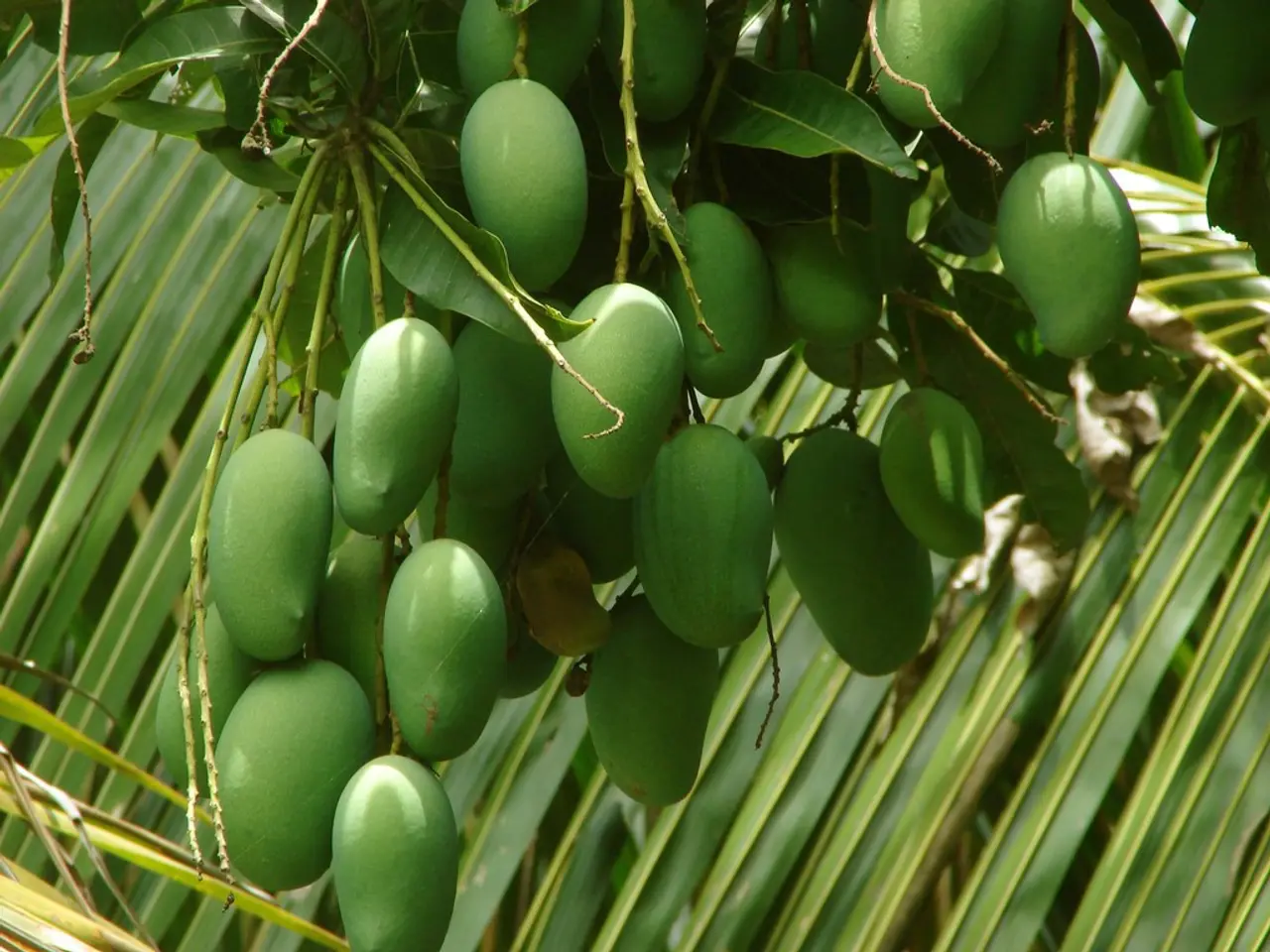Schroders Capital introduces two European Long-Term Investment Funds (Eltifs)
The European Long-Term Investment Fund (Eltif) framework has undergone a significant update, known as ELTIF 2.0, which aims to make private market investments more accessible and attractive across the EU.
One of the key changes is the broadened investment scope, allowing Eltifs to invest in infrastructure, small and medium-sized enterprises (SMEs), listed and unlisted companies, innovative enterprises, and other long-term projects. This expansion also includes the ability for Eltifs to invest in other funds and Eltifs, facilitating fund-of-fund structures and co-investments.
ELTIF 2.0 also introduces semi-liquid Eltifs and a mechanism promoting secondary trading between investors, offering better liquidity options. Unlike the original Eltif regulation, which only allowed closed-ended funds, ELTIF 2.0 enables redemptions prior to the end of the fund’s life under certain conditions.
In terms of investor accessibility, ELTIF 2.0 removes the €10,000 minimum investment threshold and relaxes previous portfolio concentration limits for retail investors with less than €500,000 assets. Instead, suitability assessments aligned with the Markets in Financial Instruments Directive (MiFID II) are applied to ensure investors' knowledge and experience match the product complexity.
Enhanced investor protections have also been introduced, including a depositary requirement for retail Eltifs, comprehensive disclosure obligations, and investor alerts to ensure informed decision-making. ELTIF 2.0 also establishes an EU-wide marketing passport, streamlining cross-border distribution and improving capital flow into private markets.
These changes are expected to make private market funds more appealing to both retail and institutional investors. By removing barriers like high minimum investments and portfolio limits, and introducing liquidity features, ELTIF 2.0 is expected to encourage broader investor participation. Enhanced transparency and investor protections build trust, while the expanded eligible asset universe and flexibility allow fund managers to diversify and tailor strategies, potentially improving returns and matching investor preferences better.
Streamlined marketing and cross-border access are expected to facilitate greater capital flow into long-term assets and private enterprises in Europe, supporting economic growth and innovation. In summary, ELTIF 2.0 is designed to democratize private market investing in Europe by increasing accessibility, liquidity, and investor protections, which collectively enhance the attractiveness of these funds and encourage increased capital deployment into the EU’s real economy.
In the realm of practical application, Schroders Capital, a global investment manager, has launched two new European Long-Term Investment Funds (Eltifs) under ELTIF 2.0. The Schroders Capital Global Direct IV Access, a closed-ended Eltif, focuses on high-quality, small to mid-sized private companies in Europe and North America. It has a nine-year term and a minimum investment of 25,000 euros.
Schroders Capital Global Direct IV Access sits alongside Schroders Capital's main co-investment fund, Global Direct IV. It is built for long-term investors, such as those using private equity as part of their retirement or wealth planning strategies, and does not have the extra fees typically found in feeder funds. The fund has already raised around $700 million from institutional investors.
Private clients can invest in the same opportunities as Global Direct IV, but through a structure more suited to their needs. The original Schroders Capital semi-liquid fund, launched in 2019, manages over $2.4 billion. This fund has delivered a strong annualized return of 14.3%. The new Eltif follows a similar strategy, focusing on co-investments and GP-led secondaries.
Other asset managers are also expanding their private markets access with ELTIF 2.0 funds. For example, Hamilton Lane, a global private markets investment manager, has launched an ELTIF 2.0 fund to provide private market exposure to a wider range of investors.
As ELTIF 2.0 continues to be implemented, it is expected to revolutionize the European private market investing landscape, making it more accessible, liquid, and attractive to a broader range of investors. This, in turn, is expected to drive increased capital deployment into the EU’s real economy, supporting economic growth and innovation.
Investment funds, such as the Schroders Capital Global Direct IV Access, are being introduced in the private markets to make them more accessible, thanks to the updated ELTIF 2.0 framework. This change enables investment in a broader range of assets, including infrastructure, SMEs, and innovative enterprises, and facilitates fund-of-fund structures and co-investments. To encourage retail investor participation, ELTIF 2.0 removes high minimum investment thresholds and offers liquidity options, like semi-liquid Eltifs and secondary trading mechanisms.




